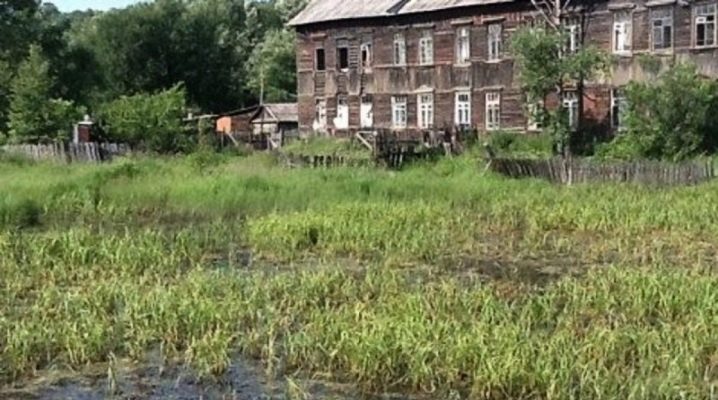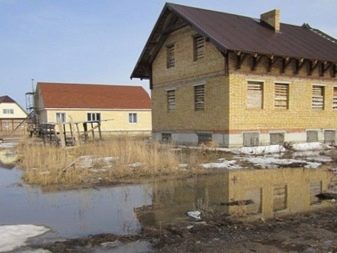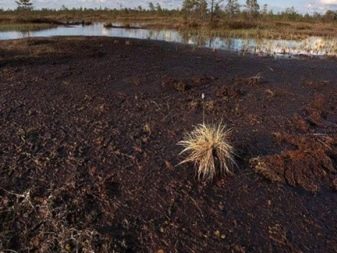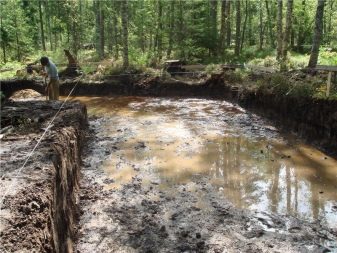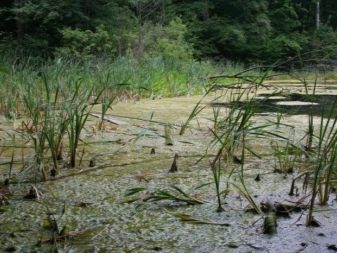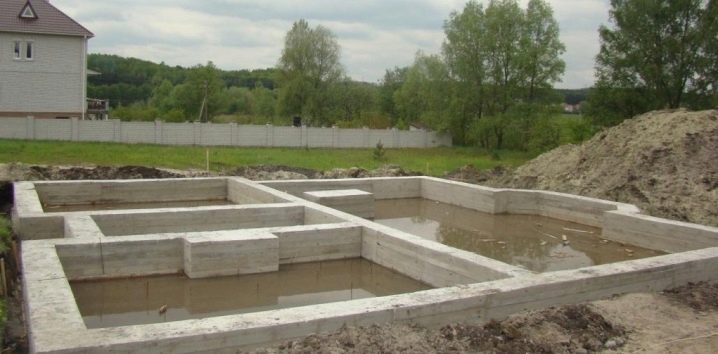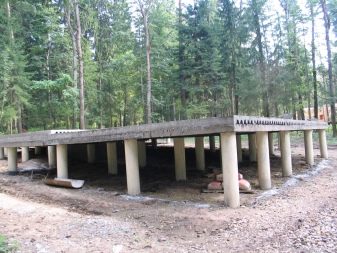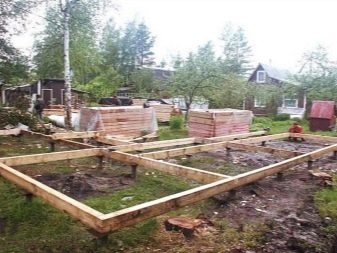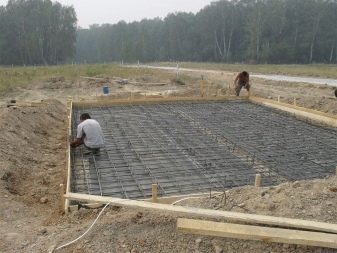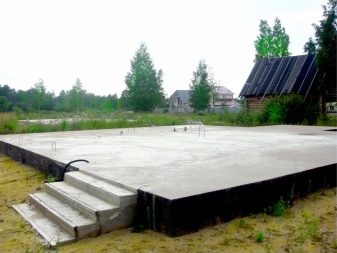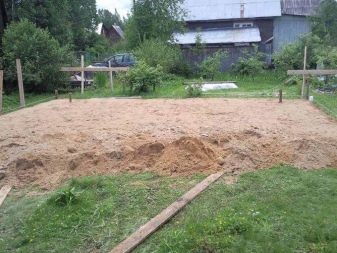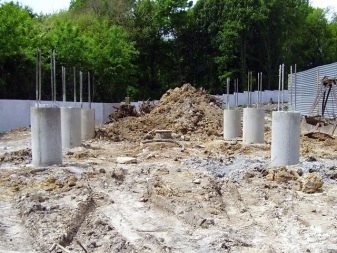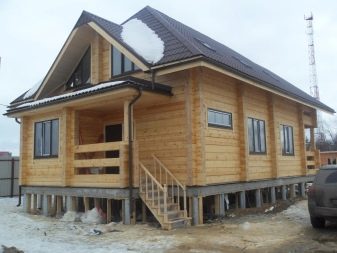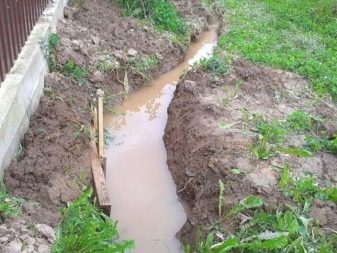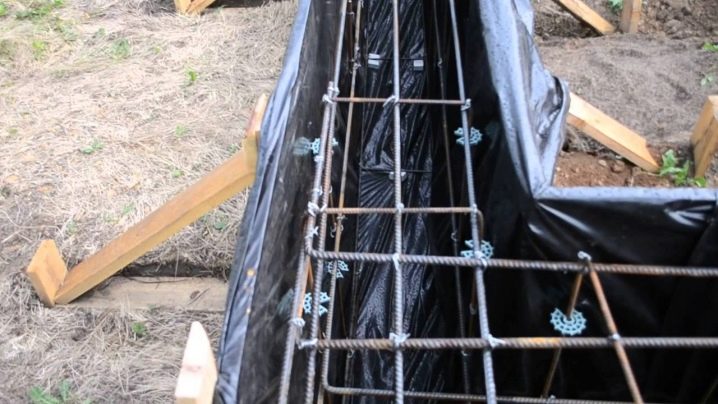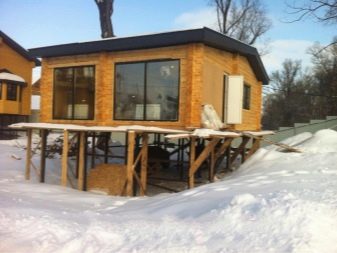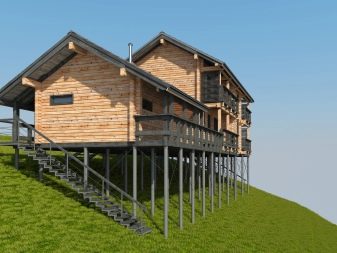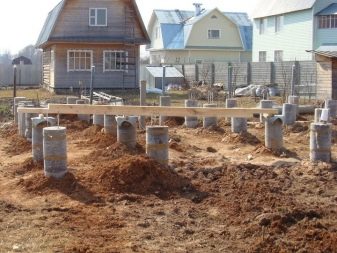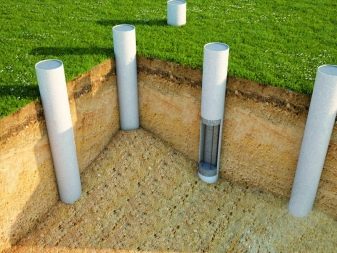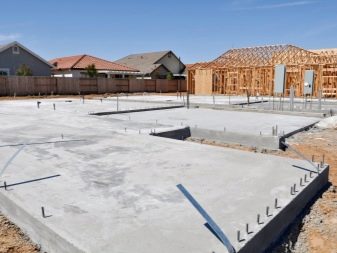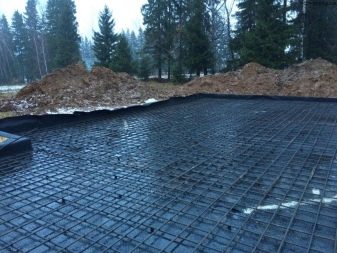Features of the selection and creation of the foundation in the swamp
Organic soils, including wetlands, are considered the least suitable for capital construction. This is due to the high moisture saturation of the soil, their looseness, and tendency to deformities. However, modern technologies for the construction of the foundation allow to achieve the stability of the structure and its durability even in the marshland.
Special features
The peculiarity of wetland soils is a tendency to deformation, instability due to a large number of fine-grained particles, high levels of moisture saturation. During the off-season, such soils are subject to strong heaving, and in winter - to freezing. The high moisture content in the soil causes the formation of dangerous floats.All this is the reason why soils weakly resist compression, and we have to look for non-standard solutions for the foundation design.
In each case, the decision in favor of a system is made on the basis of soil analysis., layers of soil directly under the construction site, the groundwater level. The method of well drilling is used as a way to obtain the necessary data. It is recommended to do them in winter, when the soil moisture saturation indicators are maximum.
The peculiarity of building a house on swampy soils is not so much the difficulties associated with the technical difficulties of construction, as the laboriousness of conducting geological surveys, the organization of drainage and other additional work.
By swampy include all types of highly compressible soils:
- clay soils with a porosity of about 52% and loams with a similar indicator of more than 50%;
- loose sandy soils and sandy loams characterized by high water saturation and porosity in excess of 41%;
- ground (containing less than 50% of organic soils) clay and sandy soils;
- silt - highly porous (up to 60% porosity) soil containing a large amount of moisture and formed under the influence of microbiological processes in water bodies;
- Sapropel is a type of sludge containing a high percentage of moisture, having a porosity of more than 75%, containing less than 10% of organic components.
Under highly compressible marshy soil there is always a weakly compressible soil suitable for construction.
The most widespread in wetlands are several base systems.
Tape foundations with powerful drainage from the basement and drainage
This type of foundation can in some cases be used on wetlands with a high content of coarse sand, provided there are no aquifers under the foundation, as well as keys and other sources nearby.
Pile foundation
Most often, this type of foundation is the only possible option for marshland. It is suitable even for soils, washed down to the state of a wet slurry. In such cases, the piles are supported on solid layers of soil at the bottom of the swamp.
Floating foundation
It is a monolithic plate, which is able to change position with the soil, but it does not deform.Because of the design features, such a system has another name - slab base.
Suitable for unstable viscous and dense soils, but only on condition that they are not flooded with seasonal floods or precipitation.
Installation Features
Regardless of the chosen technology for the construction of the foundation, its installation on weak, moving layers is unacceptable.
To strengthen them resort to the following methods:
- Refining - that is, replacement of weak (prone to swelling) soils with a non-stick layer, for which, under the foundation, part of the moving layer or its entire thickness is replaced with a cushion of more dense layers;
- soil compaction under the base;
- creation of a mound of non-rocky soils for the construction of the foundation on it.
When creating a foundation in a swampy area, it is important to make a foundation in such a way as to reduce the specific pressure of the object on the ground and thereby prevent its settlement.
With all the variety of options for construction should be a thorough analysis. It is better to make several drawings and estimates for different versions of the structure. As a rule, for the same area, you can select at least 2 variants of structures, for example,do the cutting of the entire depth of the soft soil and establish a strip foundation, or create a mound and combine it with a pile foundation. Project documentation will allow you to see the strengths and weaknesses of each technology, the value of objects and make the best choice.
It is important what material the house is built from. For the type of soil under consideration it is better to use light construction materials. The construction of a support under the wooden house, the frame object will be cheaper and less laborious.
In addition, it is necessary to take into account the elasticity of the wall material - with possible deformations of the soil, wooden structures to a greater extent retain their integrity than, for example, fragile aerated concrete.
Strip foundation
Usually, owners of sites located in the floodplain of the river or lowlands resort to its construction; therefore, the over-wetting of the soil is associated with the proximity of a water source.
As a rule, in this case, use a classic strip foundation, performing the following types of work before installation.
- the organization of a powerful drainage system with the help of water drainage barriers to prevent the penetration of moisture into the area;
- The perimeter around the basement should be equipped with highly efficient ground drainage, ensuring that this system is adjacent to the base.
For the construction should choose the highest point of the site. At the stage of geological surveys, one should make sure that there are no underground keys typical of such a locality. If you find those from the use of strip footing should be abandoned.
But even if such sources are not found, only small one-story houses can be erected on a marshy area under a strip foundation, mainly of wood or frame-type analogs.
After digging the trench, it is necessary to first create a sandy, and then a ground (from non-refractory soil) “cushion”, organize a formwork, which should be poured with concrete. It is unacceptable to use a strip foundation from the swamp.
If the house is built from concrete blocks, then the masonry is reinforced, and a monolithic reinforced concrete belt is installed at the level of the floors.
Pile foundation
It is suitable for building on a swampy place even large (in one or two floors) houses from heavier materials (cellular blocks, brick, hollow stone).This property is due to the high bearing capacity of reinforced concrete foundations, which rely on rocky or solid layers of soil, usually located at the bottom of the swamp. With differences in elevation using the base of different heights.
As a rule, the depth of laying of the supports is not less than 6-7 mUsed bored technology. This means that it will not be possible to make the installation yourself; it is necessary to attract special equipment. This factor, as well as a number of others, causes a higher cost price of the pile foundation in comparison with the strip one in the swampy areas. On solid grounds, the strip foundation significantly exceeds the pile foundation in its labor intensity and cost.
In rare cases, the depth of the solid soil layers is 2-3 m, then instead of bored piles you can use screw ones. They are less costly and can even be mounted on their own.
When organizing a pile foundation, the upper layer is usually removed to a depth of 60-70 cm, and road geotextiles are laid instead. The latter is filled with sand and crushed stone mixture. The pile caps are connected by a grillage or twin channels.
Slab foundation
In the presence of solid topsoil, which is often found on peatlands and lake rests, it is much more rational to mount a slab foundation. Its main advantage is high strength and lack of heel, even with significant ground deformations or rising groundwater levels.
This base is suitable for small frame houses, objects of foam and aerated concrete.
If we compare the cost of the slab foundation with the price of erection of the pile analog, then an interesting pattern is again found. During the construction of the slab base on solid soils, the implementation of this technology will be 40% more expensive than the construction of pile analog. If we are talking about the construction of a slab in a swampy area, then it is found that it is 25% cheaper than the organization of a pile foundation in the same area.
Installation of slab base in the conditions of bogging requires the preparation and drainage of the pit depth of 60-70 cm, having a layer of sand-gravel dumping. Along the perimeter of the excavation, shield formwork is mounted, the foundation is waterproofed using film materials.Be sure to have a reinforcement, which is made using steel rods with a cross section of 12 mm with the installation of crossbars and lintels. Extruded polystyrene foam (EPP) slabs are used as insulation for the upper part of the slab and its base.
Tips for building a foundation on swampy ground - in the next video.
